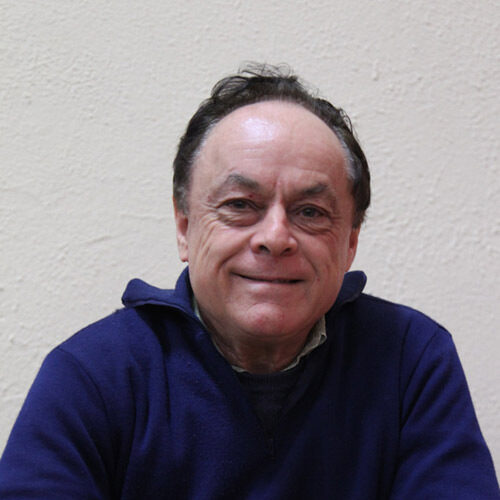- Summer 2023
- Can White Queen and Win?


The diagrammed position was reached in a game in 1859 between the first US (and unofficial World) Chess Champion, Paul Morphy, and Chess Master, James Thompson. Morphy was White, and to move.
Could Morphy promote his Pawn to a Queen, and win? Thompson’s Knight was threatening Morphy’s Rook. If Morphy immediately advanced his Pawn to h7, the Knight would capture the Rook and control the queening square h8, so Morphy would have to recapture the Knight. But then Thompson’s Bishop would move to c2, checking Morphy’s King and skewering it against his Pawn. When the King moved, the Bishop would capture the Pawn. Whatever Morphy did then, a Thompson Pawn would queen, and he would win.
If the Rook moved – where? The Knight could also jump to f5, checking Morphy’s King, and forking it and his Pawn. When the King moved, the Knight would capture the Pawn. Assuming Morphy recaptured the Knight, a Thompson Pawn would queen, supported by his Bishop and King, and he would win. If the Rook moved to f6 or g5, to control f5, the Bishop would move to c2, permanently preventing Morphy’s Pawn from advancing to h7.
Morphy found the only solution to the problem, and moved his Rook to e6!!! Yes, the Bishop could capture it, but, if it did, Morphy’s Pawn could safely advance through h7, neither the Bishop nor the Knight could stop it from queening, and Morphy would win.
Morphy moved his Rook to e6 to pin Thompson’s Knight to his King and win it, if Morphy could move his King to f6. While pinned, the Knight could not move, and Thompson’s white-squared Bishop could not defend it. Meanwhile, Morphy’s Pawn was safe.
Thompson could not afford to capture the Rook, or lose his Knight, so he had to unpin it by moving his King to d7 or d8:
(1) if d7, the Rook would capture the Knight with check. The King would recapture the Rook, but the Bishop would have no time to move to c2, so Morphy’s Pawn would advance through h7 and queen, and Morphy would win.
(2) if d8, the Rook would capture the Knight without check. The Bishop would move to c2, to stop Morphy’s Pawn advancing through h7, but the Rook would survive and capture Thompson’s Pawns. Morphy’s Pawn would advance to h7. Thompson would sacrifice his Bishop for it. And Morphy would mate with his Rook.
Paul Morphy
Paul Morphy was born in New Orleans on 22 June 1837. His father was of Portuguese, Spanish and Irish ancestry, a lawyer, a Louisiana State legislator, Attorney-General and then Louisiana State Supreme Court Justice. Paul’s mother was of French ancestry and musically talented.
Paul was a chess prodigy. In 1846 General Winfield Scott, who considered himself a formidable player, visited New Orleans on his way to the Mexican War. Paul, then only nine, easily defeated General Scott in both of their games; in one, after only six moves.
Paul then devoted himself to college and university studies. In April 1857 he received an LLB, reputedly after memorising the entire Louisiana Civil Code. Paul, then still too young to practise law, devoted himself to chess. In late 1857 he won the first US Chess Championship in New York. In 1858 he travelled to Europe, where he defeated the strongest Chess Masters and was hailed as unofficial World Champion. While blindfolded, he regularly played and defeated eight opponents simultaneously.
Following his return to the US, Paul commenced law practice, but it failed after being disrupted by the 1861—1865 American Civil War. Paul did not practise law or play chess again and he died, possibly of a stroke, on 10 July 1884, aged only 47.
Future World Chess Champions and chess experts have acknowledged Paul Morphy as one of the greatest attacking and tactical players of all time, who developed all his pieces as rapidly as possible for the purpose of mating his opponents. His attacking combinations can scarcely be improved. BN



